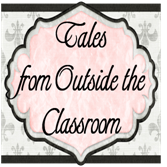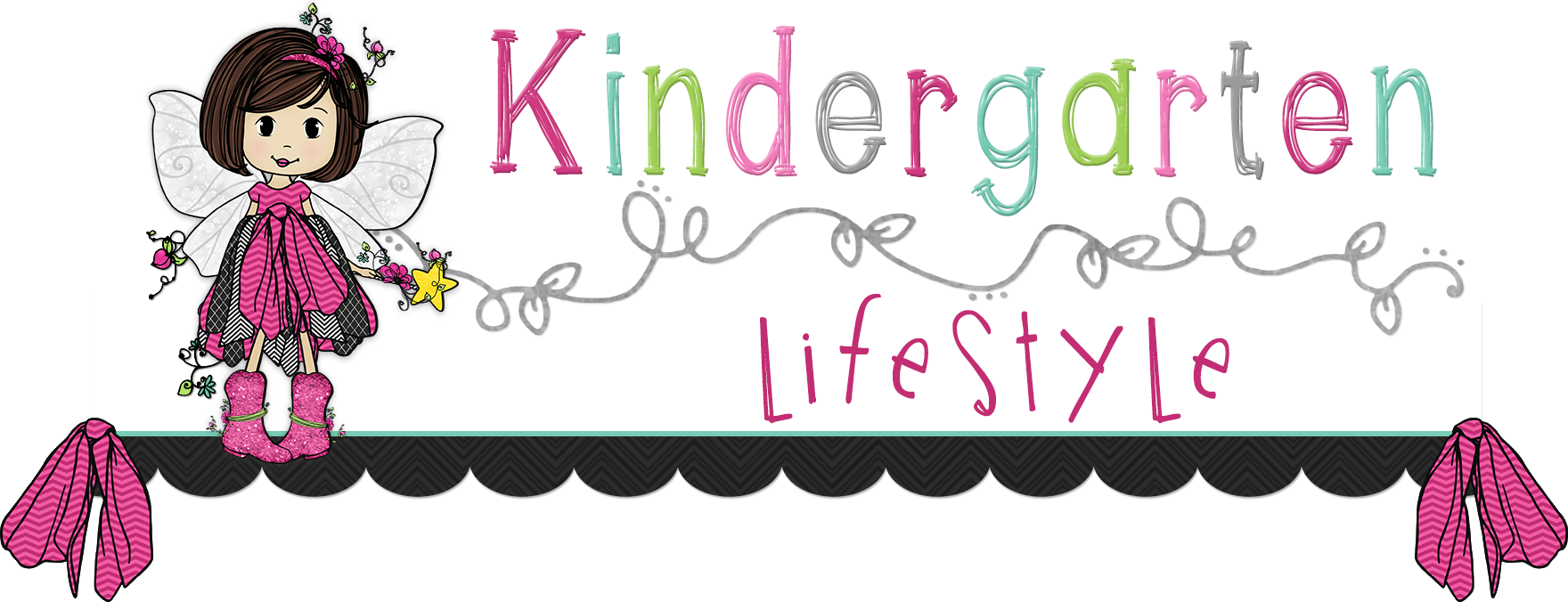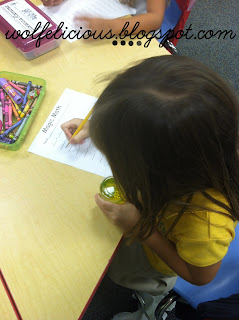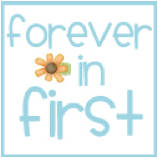The one thing I've learned about Writer's Workshop is that when people talk about it - they often mean entirely different things. Writer's Workshop can look completely different in classrooms depending greatly on the teacher's philosophy on teaching writing.... I know this because I myself have moved from one side of the continuum to the other throughout my teaching career.
Prior to about 3 years ago, I taught writing based largely on prompt writing activities. All the writing my kids did was in response to something I asked. I spent time modeling how to master the mechanics of writing (capitalization, punctutation, etc.) and the best way to "respond" to a written prompt. And yes this is a VERY tempting avenue - especially when we are faced with high stakes testing in which kids MUST write in response to a prompt.
However, about 3 years ago I was introduced to Lucy Calkins' Units of Study K-2 and that is when my own Writer's Workshop began to transform.
Now coming from a teacher that was very prescriptive, it wasn't always an easy transition. However, I am happy to say that I am NOT the writing teacher I used to be. I'm not saying there's never a time for using prompt writing response activities. I think there is definitely a time and place for that sort of practice and reflective thinking. However, I do believe if we teach children to write the stories that are in their hearts and souls on a daily basis - they will be able to attack any response writing activity that comes their way. I have watched my students' writing grow by leaps and bounds. In fact, my kindergarteners write as well as the 2nd graders I used to teach (that is a bit embarrassing to admit). The style of writing instruction that Lucky Calkins' advocates really works! So, I wanted to give you a peek inside my classroom during Writer's Workshop.
At the beginning of the year, I use LOTS of time pumping the kids up for this special time. I really make a big deal about being writers and how all of us are writers with stories to tell. I take reluctant writers and "prove" to them that they have amazing stories to tell/write. And, once they are empowered with that belief - amazing writers is exactly what they become!
I use music to signal nearly every part of our school day. And, Writer's Workshop is no exception. I use beautiful, calm music that the kids fall in love with. Many teachers use classical music. I do NOT because I find it tends to help little ones fall asleep to easy :0) So, I use soft music that is also catchy...These songs become the mantra of our Writer's Workshop time for the entire year.
In addition to music, I also turn half the lights out and use lamps instead - it really helps to set the tone for a quiet, peaceful writing time. And, it's a time the kids REALLY enjoy - they do not like missing Writer's Workshop time. :0)
Kids choose their perfect writing spot.... We are usually laid out all over the room. They take their writing folders (or composition books during the last month of school) along with their crayons and pen to a place in the room where they sit or lay down to write.
Yes......you heard me correct! My kids write with pens - not pencils. The reason is two-fold.
1. I don't have to sharpen pencils :0)
2. The focus is on getting our ideas/stories on paper - not perfection. There is no erasing...or throwing paper away... we do our best work! If we mess up we draw a line through it and keep right on going!
The picture above shows our "showcase" at the end of Writer's Workshop. This is a time when the kids return the carpet and sit in a circle with their writing. Then, when we say "Showcase" everyone shows off their writing job! They are so proud of the writing they do - especially by the end of the year. After "showcase" comes the time when they "turn & talk" about their story with someone sitting beside them.
**You may notice they are using composition books in these pictures. For the majority of the year they use basic writing paper (from the Lucy Calkins' Units of Study CD). However, the last month of school, I have them use the composition books. By now their writing has grown so wonderfully I want them to refer back to it during the summer and continue using the composition book during summer to write. It's sort of a rite of passage :0)Trust me, they remember those special stories they wrote the last month of school and it helps them take school memories home. :0)
I hope you enjoyed this peek inside our Writer's Workshop. Please leave a comment below and tell me about yours or any questions or concerns you have about Writer's Workshop!




















.JPG)





































